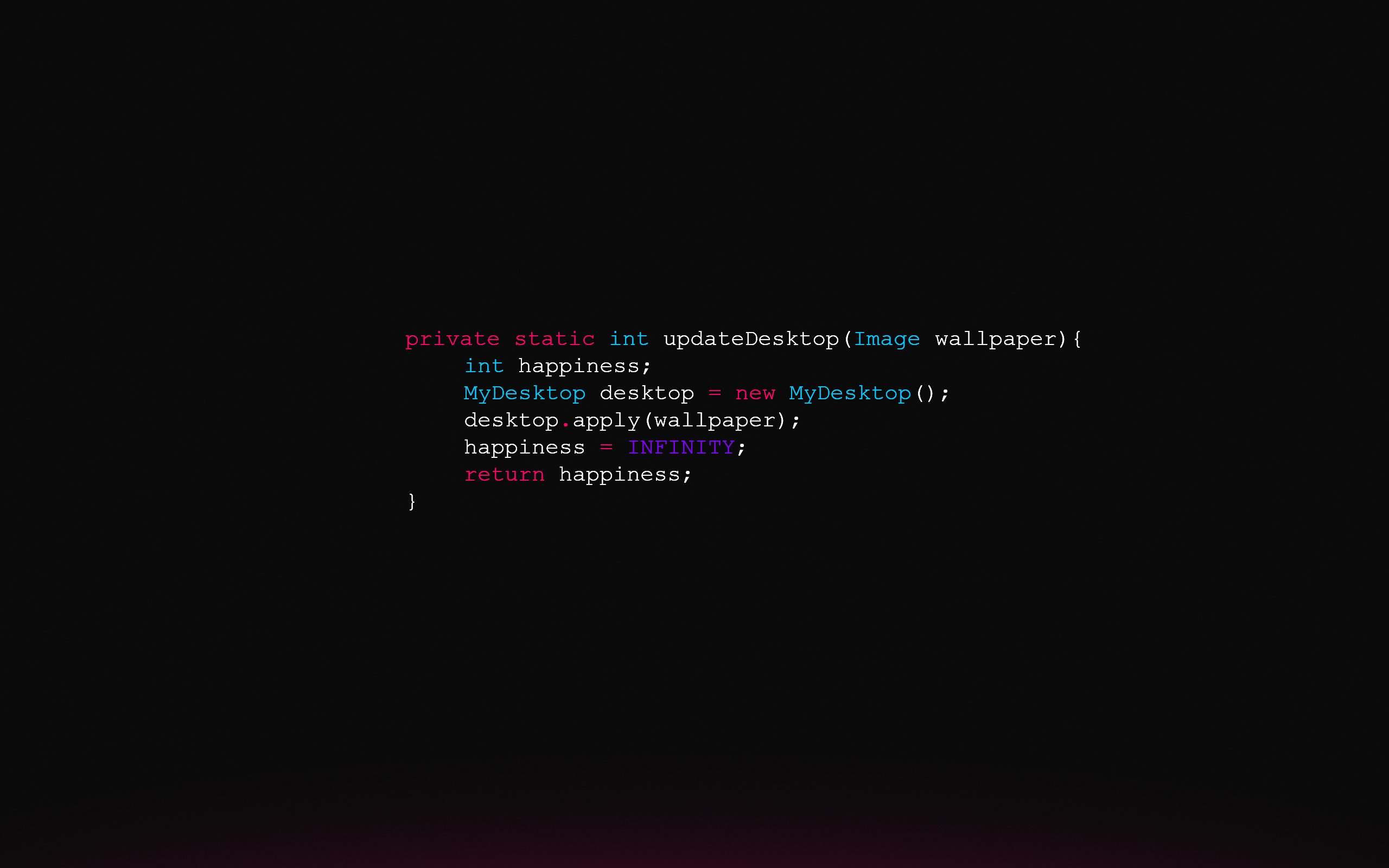Programming Languages: Programming Wallpaper

Programming wallpaper – Programming languages are the fundamental building blocks of software development, enabling programmers to translate human-readable instructions into a form that computers can understand and execute. Each programming language possesses unique characteristics, syntax, and features, making it suitable for specific applications and domains.
Syntax and Features
Syntax refers to the set of rules that define how a programming language is structured and interpreted. Different languages employ varying syntax, impacting the way code is written and organized. Features, on the other hand, encompass the capabilities and functionalities offered by a language, such as data types, control flow, and object-oriented programming.
Applications
The choice of programming language depends heavily on the intended application. Some languages excel in web development, while others are tailored for mobile app creation or data analysis. Understanding the strengths and weaknesses of each language is crucial for selecting the most appropriate tool for a given project.
Comparison of Programming Languages
The following table provides a concise comparison of key characteristics for popular programming languages:
| Language | Syntax | Features | Applications |
|---|---|---|---|
| Python | Simple and intuitive | Dynamic typing, object-oriented programming | Web development, data analysis, machine learning |
| Java | Object-oriented and platform-independent | Strong typing, multithreading | Enterprise applications, mobile development, web services |
| C++ | Low-level and efficient | Manual memory management, object-oriented programming | Operating systems, high-performance computing, embedded systems |
| JavaScript | Dynamic and versatile | Prototypal inheritance, event-driven programming | Web development, mobile apps, server-side scripting |
| C# | Modern and object-oriented | Strong typing, garbage collection | Windows applications, web development, game development |
Software Development Tools

Software development tools empower programmers with a comprehensive suite of functionalities, enhancing productivity and efficiency. These tools encompass integrated development environments (IDEs), debuggers, and version control systems, each playing a crucial role in the software development lifecycle.
The choice of software development tools depends on the specific requirements of the project and the preferences of the developers. Different tools offer varying features and capabilities, and understanding their advantages and disadvantages is essential for making informed decisions.
IDEs
Integrated development environments (IDEs) provide a comprehensive workspace for software development, integrating various tools and functionalities into a single platform. IDEs offer features such as code editing, syntax highlighting, debugging, and project management, streamlining the development process.
- Advantages:
- Seamless integration of multiple tools
- Enhanced productivity and efficiency
- Improved code quality and consistency
- Disadvantages:
- Can be resource-intensive
- May have a learning curve for new users
Debuggers
Debuggers are essential tools for identifying and resolving errors in software code. They allow developers to step through the execution of code line by line, examining the values of variables and identifying potential issues.
- Advantages:
- Facilitates efficient error identification
- Improves code quality and reliability
- Disadvantages:
- Can be time-consuming
- May require specialized knowledge
Version Control Systems
Version control systems (VCS) enable developers to track changes to code over time, allowing for collaboration, versioning, and rollback capabilities. VCSs provide a centralized repository for code, facilitating efficient merging of changes and preventing conflicts.
- Advantages:
- Enables collaboration and teamwork
- Provides version history and rollback capabilities
- Disadvantages:
- Requires additional setup and maintenance
- Can introduce complexity to the development process
Comparison of Popular Software Development Tools, Programming wallpaper
The following table provides a comparison of popular software development tools, highlighting their key features and compatibility with different operating systems:
| Tool | Features | Operating Systems |
|---|---|---|
| Visual Studio | IDE, debugger, version control integration | Windows |
| Eclipse | IDE, extensible with plugins | Windows, macOS, Linux |
| IntelliJ IDEA | IDE, code analysis, refactoring tools | Windows, macOS, Linux |
| PyCharm | IDE specifically for Python development | Windows, macOS, Linux |
| gdb | Command-line debugger | Windows, macOS, Linux |
| Git | Distributed version control system | Windows, macOS, Linux |
| Subversion | Centralized version control system | Windows, macOS, Linux |
One of the most beautiful things about programming wallpaper is that it can be customized to fit any style. Whether you’re looking for something festive like a driftwood christmas tree or something more abstract, there’s a programming wallpaper out there for you.
And the best part is, you can change it as often as you like!
With the advent of programming wallpaper, you can now bring the beauty of japanese interior design into your home with just a few clicks. These wallpapers allow you to customize your walls with stunning patterns and images that can transform any room into a work of art.
Whether you’re looking for a traditional Japanese aesthetic or something more modern, there’s sure to be a programming wallpaper that’s perfect for you.